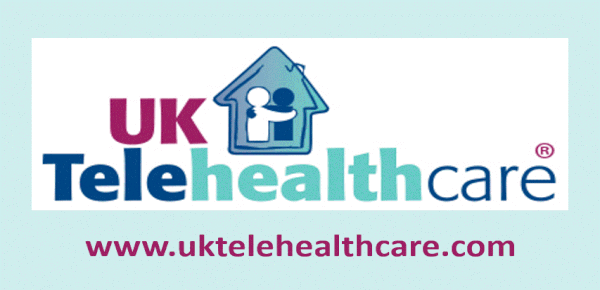 And Elizabeth Holmes knew. The last two years of Theranos’ existence, were, to put it mildly, fraught, for anyone honest. Job 1 for the very last in a parade of lab directors, Kingshuk Das, MD, was to respond to CMS on substantial deficiencies found in a November 2015 on-site inspection. The CMS deficiency report, sent to the prior lab director in January 2016, two months before Dr. Das’ start, had a subject line that would grab anyone’s immediate attention: “CONDITION LEVEL DEFICIENCIES – IMMEDIATE JEOPARDY.”
And Elizabeth Holmes knew. The last two years of Theranos’ existence, were, to put it mildly, fraught, for anyone honest. Job 1 for the very last in a parade of lab directors, Kingshuk Das, MD, was to respond to CMS on substantial deficiencies found in a November 2015 on-site inspection. The CMS deficiency report, sent to the prior lab director in January 2016, two months before Dr. Das’ start, had a subject line that would grab anyone’s immediate attention: “CONDITION LEVEL DEFICIENCIES – IMMEDIATE JEOPARDY.”
The report went on to say that it was determined that your facility is not in compliance with all of the Conditions required for certification in the CLIA program.” and concluded that “the deficient practices of the laboratory pose immediate jeopardy to patient health and safety.”
Dr. Das found some interesting things in his early days on the job, such as the Edison labs producing results detecting abnormal levels of prostate-specific antigen (PSA)–in female patients. When he brought this to Holmes’ attention, she quoted a few journal articles stating that certain rare breast cancers in women might present that result. This didn’t seem quite plausible to Dr. Das. Holmes then told him that it wasn’t an instrument failure, but rather a quality control and quality assurance issue. Nevertheless, Dr. Das went back and voided every Edison lab test made in 2014 and 2015, stating to Holmes that the Edison labs were not performing from the start. Most Theranos results sent to patients were produced on third-party machines made by Siemens and others, often on inadequately sized blood samples.
As Dr. Das testified to the defense, many skilled people at Theranos earnestly tried to fix the problems with the Edison lab machines, but, as The Verge put it in part, if Holmes didn’t believe Dr. Das, other employees, or multiple preceding lab directors that the machines were really, truly broken, did it matter?
The defense is maintaining that Holmes didn’t really understand the lab details and was heavily influenced (ahem!) by president Sunny Balwani. However, the Babe in the Medical Startup Woods defense falls apart when there’s no Sunny to blame–he departed shortly after Dr. Das’ arrival.
The actual theme–a long-term pattern of deception aimed at those who wanted to believe, and ponied up Big Bucks--was reinforced by a witness before Dr. Das. Lynette Sawyer was a temporary co-lab director for six months during 2014 and 2015, but never came to the Theranos site. It seems that her main duties were signing off remotely on documents using Docusign and backing up then-lab director Dr. Sunil Dhawan, Balwani’s dermatologist who came to the lab a handful of times. Even more amazingly, she was unaware of Theranos’ signature ‘nanotainers’ and the backup use of third-party devices. After her six-month contract was up, she departed, uncomfortable with Theranos’ procedures.
Kicking off the day was Judge Davila’s regular admonition to those in the public section of the courtroom to type vewy, vewy quietly. Then the video display for exhibits broke down. This led to a two-hour delay while the court found an antique projector to show the images to the jury and the public on a blank wall.
One wonders if the tapping plus the tech breakdown topping off the Parade of Fraud is leaving the jurors numb–or wanting to jump into the well above, even if there is no bottom. CNBC, Wall Street Journal (15 Oct), 5KPIX
TTA’s earlier coverage: Chapter 6, Chapter 5, Chapter 4 (w/comment from Malcolm Fisk), Chapter 3, Chapter 2, Chapter 1
To be continued….












Most Recent Comments